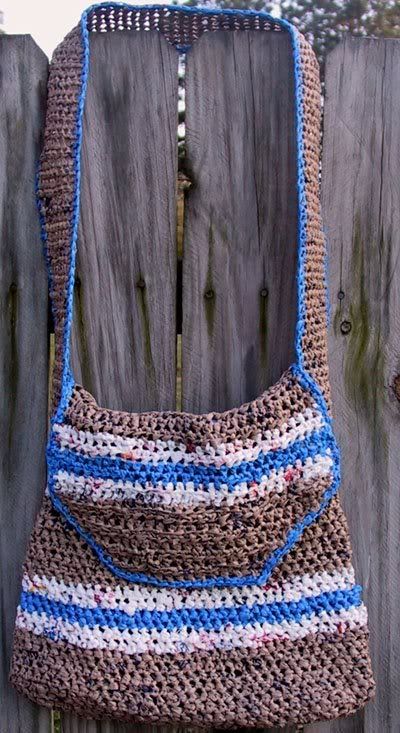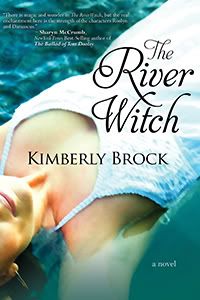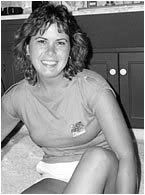 AND NOW FOR A DIFFERENT MESSAGE
AND NOW FOR A DIFFERENT MESSAGE
from Trish Jensen
A couple of months ago I wrote a blog right here about writing what I don’t know. I praised and praised the value of creating a story that included people, occupations, locations you know nothing about.
I take it back. At least for this month. Because THIS MONTH I have a story based on something I know far too well. How to be the worst waitress in the entire universe.
When I moved from college to DC to start my bright future as a corporate bigwig, I soon learned it cost a lot to live in DC as a budding bigwig, so moonlighted as a waitress to keep the phone and lights on in my apartment.
If there was a person and a job that didn’t get along, it was me, and a tray full of food in my hands. Ridiculously bad is all I can say. How I kept the job for so long is a testament to how desperate that restaurant was for help.
So let’s fast forward. I won a really prestigious RWA chapter contest, and the editor who awarded it to me wanted to see the whole thing. The rejection letter after seeing it was, “You make me laugh in inappropriate places. This is a tragic book with too much funny (writer’s note: why can’t people be allowed to try to get through tragic events by using their humor?…but I digress).” She told me to write straight romantic comedy. They had a new line coming out, pure comedy, did I have anything like that in my arsenal?
I did not have an arsenal, except the one she just dumped in the round file. So I wrote back, “Of course I do! But let me polish it. A couple of weeks.” That was me speak for “I don’t have a thing, but you’ll never know it.”
So on a walk with my dog that night I thought about funny situations. Nothing came to me. Went to bed frustrated and had a nightmare about my waitressing days. Thank goodness for a mind which pummels you even in your sleep.
The next day The Harder They Fall was born. Granted, I was never a restaurant heiress determined to learn the business from the ground up (literally). Granted, I didn’t meet the man of my dreams the moment I dropped a grilled tuna in his lap. Granted, I wasn’t fighting a battle with this dream man who wanted to steal my restaurants.
Granted, I didn’t meet the man of my dreams the moment I dropped a grilled tuna in his lap. Granted, I wasn’t fighting a battle with this dream man who wanted to steal my restaurants.
But I knew bad waitressing. And that was the nugget that connected Darcy with me. We both knew how it felt like to be so bad at our job, even as we tried desperately to prove we could do it. Waitressing was not my thing. And it sure isn’t Darcy’s, either.
However writing was/is. I wrote this book almost 24/7 to meet my internal deadline of a couple of weeks I’d promised the editor. And in it went. It took her three months to decide (a lifetime for a writer), but she finally called with an offer and an “I couldn’t stop laughing.”
Music to my ears, even though it came at my own expense. I had to expose my own shortcomings to have fun with the heroine’s.
But just to make sure it was worth it, I made certain that during their battles that hero fell hard. And often.
Anyway, in this instance, writing what you painfully know can actually be a good thing. And I’ve never had a nightmare waitress dream again.
By the way, I’m now a fabulous tipper. Because that waiter or waitress could be me.








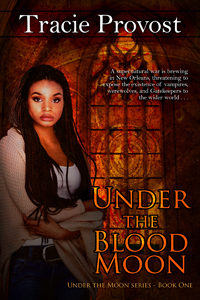



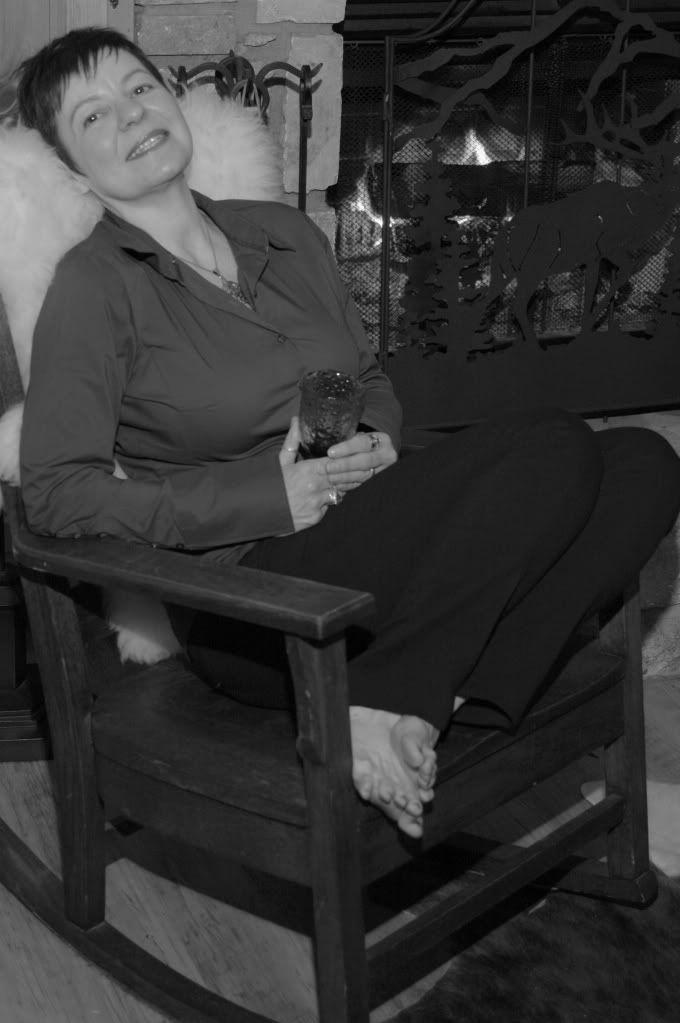


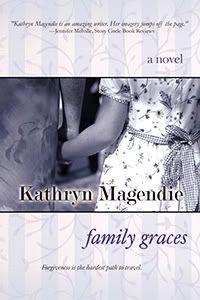

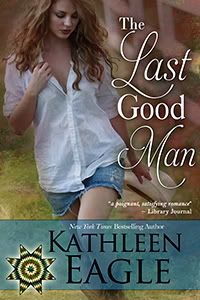






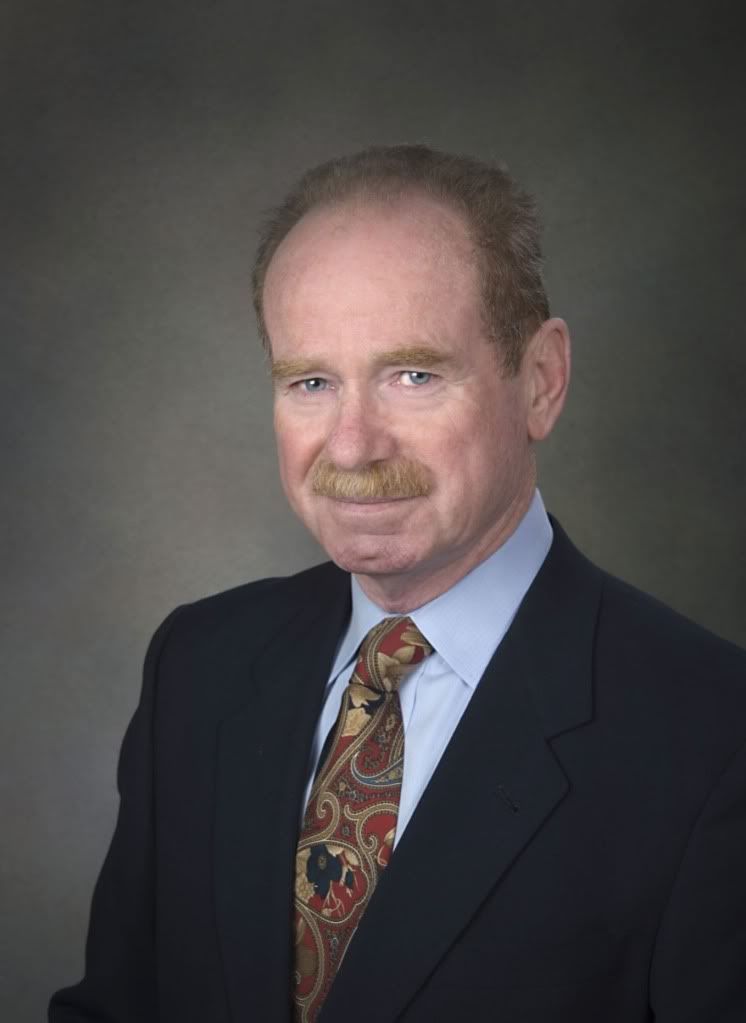
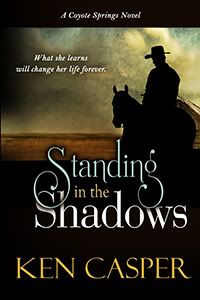

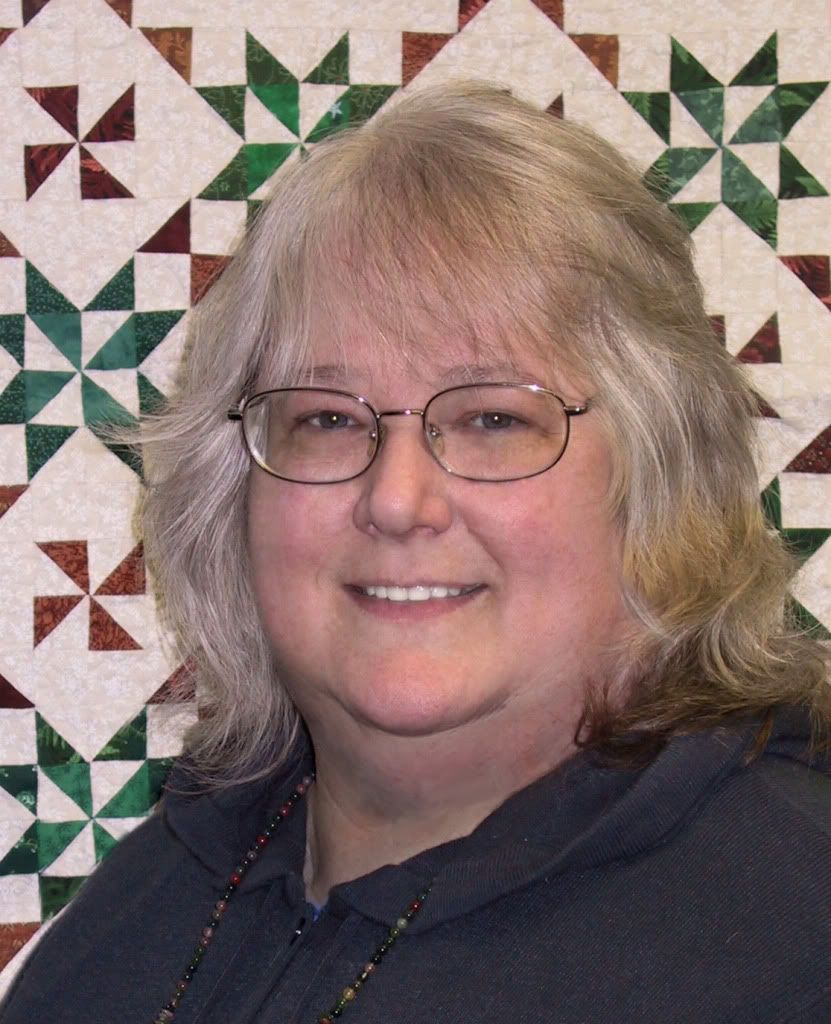 I’m actually very late to the concept of plarn, but I’m enjoying learning a new skill. I’ve never even crocheted until a couple of weeks ago, but I’d always wanted to. I started with cotton yarn and dishcloths. One in single crochet. Another in double crochet. A third in half-double crochet. I was learning a new vocabulary at the same time! But I was tired of square dishcloths. How many dishcloths do you need, anyway? So one evening, I was google imaging easy crochet paterns and found this, a little backpack with white trim.
I’m actually very late to the concept of plarn, but I’m enjoying learning a new skill. I’ve never even crocheted until a couple of weeks ago, but I’d always wanted to. I started with cotton yarn and dishcloths. One in single crochet. Another in double crochet. A third in half-double crochet. I was learning a new vocabulary at the same time! But I was tired of square dishcloths. How many dishcloths do you need, anyway? So one evening, I was google imaging easy crochet paterns and found this, a little backpack with white trim.